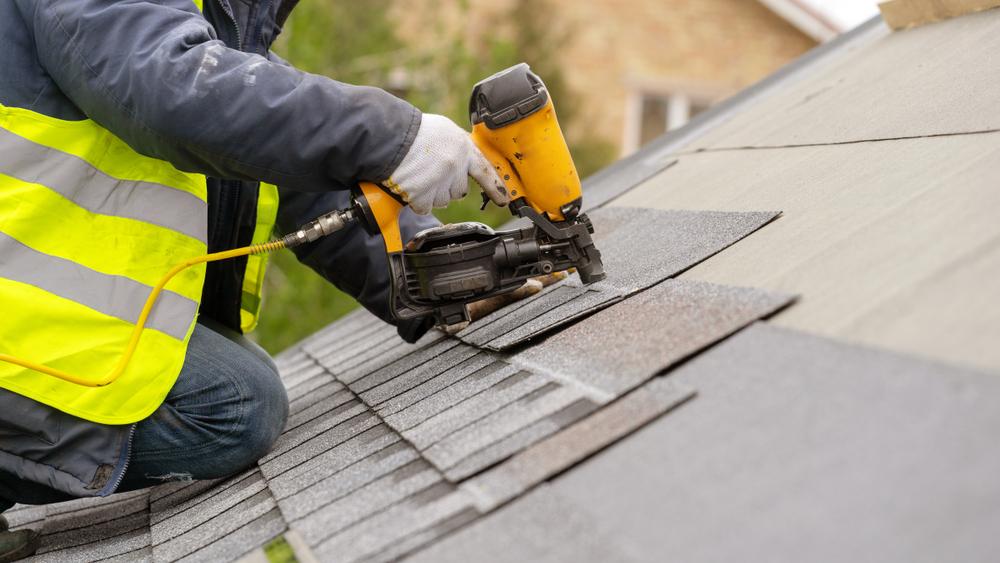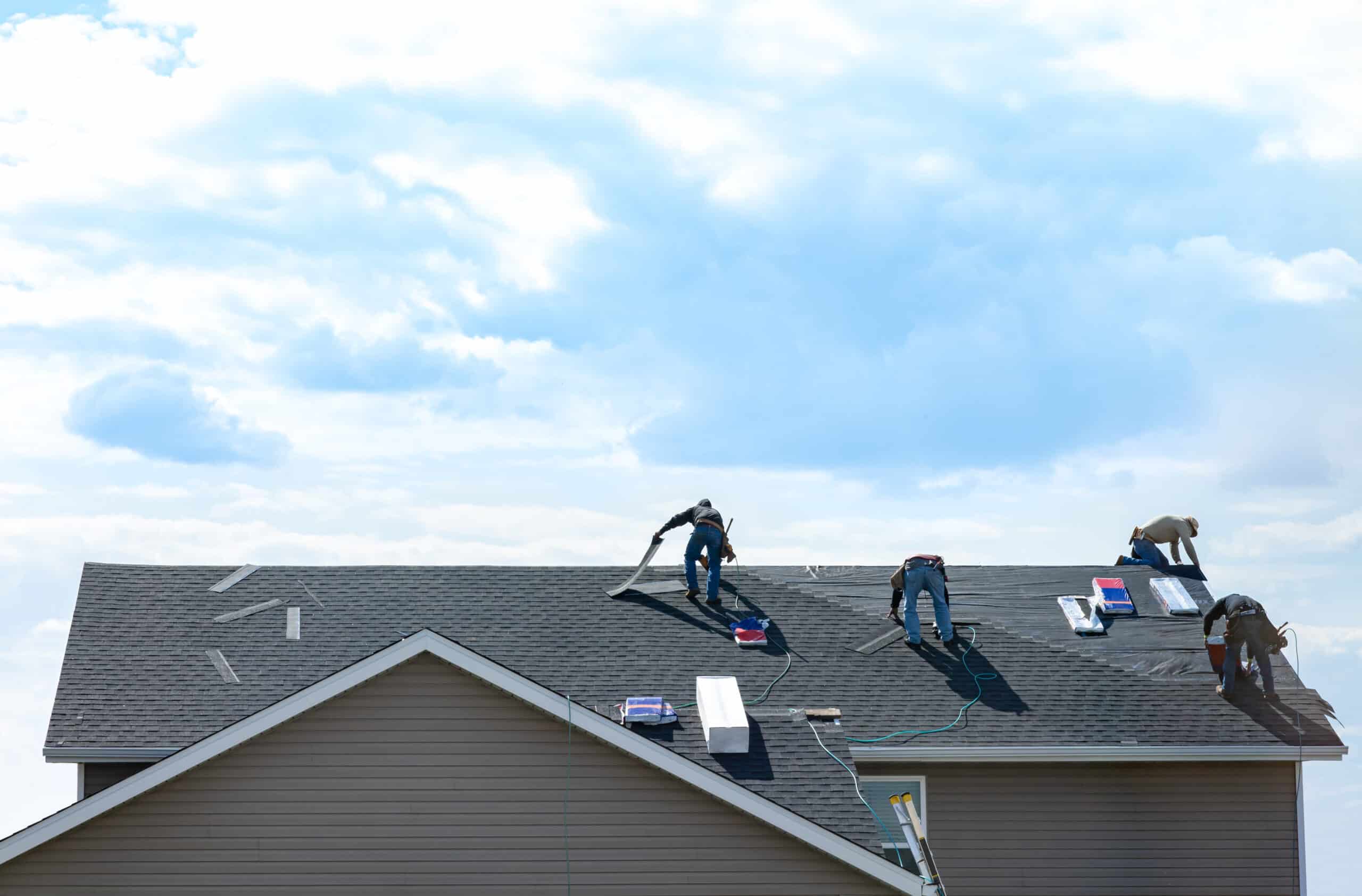Flat Roof Installation in Cuyahoga Falls: High-Quality Service for Residential and Commercial Roofs
Flat Roof Installation in Cuyahoga Falls: High-Quality Service for Residential and Commercial Roofs
Blog Article
A Comprehensive Overview to Effective Roof Apartment Roofing Installment
The details of flat roofing installment need a careful method, beginning with a detailed understanding of different level roofing kinds and the essential products required for optimum efficiency. A successful setup pivots not just on the choice of products yet likewise on the preparation and execution of each step included in the process. As we check out the important phases from preparation to maintenance, it comes to be noticeable that overlooking also small details can significantly affect the roofing system's longevity and efficiency. What certain strategies can ensure a smooth setup that stands up to the test of time?
Understanding Apartment Roofing Kind
When taking into consideration level roofing systems, it is vital to comprehend the numerous types available, as each offers distinct benefits and downsides customized to certain needs. One of the most usual sorts of level roofs consist of Built-Up Roof covering (BUR), Customized Asphalt, and Single-Ply membrane layers.
Built-Up Roofing contains multiple layers of asphalt and gravel, providing excellent toughness and climate resistance. It is particularly advantageous in locations susceptible to serious climate condition however might require more maintenance as a result of its complicated building and construction.
Modified Bitumen is a prominent selection for its simplicity of installment and flexibility. It usually employs a self-adhesive or torch-applied technique, which can be helpful for fast repairs and long-term performance. However, its life-span can be much shorter compared to BUR.
Single-Ply membranes, including Thermoplastic Olefin (TPO) and Ethylene Propylene Diene Monomer (EPDM), are acknowledged for their lightweight nature and energy performance. These products are commonly chosen for business structures as a result of their cost-effectiveness and convenience of installment (Cleveland Roofing Specialists). Nonetheless, they might not provide the same degree of insulation as other options.
Each roofing type requires careful consideration based upon climate, budget plan, and specific project needs.
Necessary Materials for Flat Roof Covering
A selection of crucial materials are vital for the successful installation of level roofing systems. The option of materials directly impacts longevity, performance, and general performance.
Among the main materials is the roofing membrane, which can be constructed from numerous compounds such as polycarbonate polyolefin (TPO), ethylene propylene diene monomer (EPDM), or PVC. Each kind provides one-of-a-kind benefits, including UV resistance and adaptability, which are essential for prolonged performance.
In enhancement to the membrane, insulation products play a significant role in energy effectiveness. Rigid foam boards or polyisocyanurate insulation are popular selections, as they supply exceptional thermal resistance and wetness monitoring.
Furthermore, roofing adhesives and sealants are essential for ensuring a water tight setup. These products must be suitable with the selected membrane to avoid damage gradually.
Getting Ready For Setup
Proper prep work is important for an effective flat roof covering installment, as it prepares for a efficient and durable roof covering system. Begin by performing a thorough assessment of the existing roofing system structure. Try to find indicators of damage, consisting of leaks, rot, or insufficient drainage, which can compromise the new roof. Make certain that the hidden materials are sound and can sustain the weight of the new roof parts.
Following, collect all essential devices and products, making sure that they fulfill industry standards. This consists of water resistant membrane layers, insulation, blinking, and bolts. Acquaint on your own with the maker's requirements, as adherence to these guidelines is important for warranty functions.
Additionally, make certain that the work area is clear of debris and obstructions to promote effective and secure installment. Consider climate condition; avoid installment throughout heavy rain or severe temperatures, which can impact product performance. Last but not least, notify any residents of the building regarding the upcoming work to make certain safety and decrease disturbances. By taking these primary actions, you can enhance the possibility of an effective flat roofing installment that satisfies both visual and structural requirements.
Step-by-Step Setup Refine
With the groundwork developed through complete prep work, the next stage involves performing the flat roofing system installment methodically. Begin by making certain that the architectural deck is tidy and totally free from particles. Next, set up a vapor barrier to protect against moisture build-up beneath the roof material. This action is crucial for keeping the roofing system's stability over time.
Following look at this website the vapor obstacle try this site installment, set insulation boards, guaranteeing they fit snugly together to lessen thermal linking. Secure the insulation with suitable bolts based on the roofing kind and local building ordinance. As soon as the insulation remains in location, it's time to use the roofing membrane layer. Relying on the chosen material-- such as TPO, EPDM, or changed asphalts-- set up the membrane layer according to the producer's requirements.
Mount blinking around borders, vents, and any kind of roof infiltrations to boost waterproofing. After installment, conduct a thorough inspection to recognize any type of prospective problems prior to wrapping up the task, making certain a reputable and robust level roof covering system.
Maintenance Tips for Durability
Regular upkeep is necessary to make certain the longevity and performance of a level roofing system. One of the primary tasks is to conduct routine evaluations at the very least two times a year, preferably in springtime and fall. Throughout these evaluations, seek indications of wear, such as sores, cracks, or merging water, which can suggest underlying issues.

Guaranteeing correct drainage is important to avoid water buildup. Check and clear rain gutters, downspouts, and scuppers to ensure unhampered water flow. Furthermore, check seals around vents, skylights, and other penetrations for any type of signs of wear and tear, applying caulk or sealer as required to keep a water tight obstacle.
Last but not least, think about expert upkeep solutions every couple of years for comprehensive inspections and repairs. By sticking to these upkeep ideas, you can dramatically expand the life of your flat roof, ensuring it continues to be a dependable guard versus the elements.
Conclusion
Effective flat roofing system installment necessitates a systematic approach encompassing comprehensive evaluations, product selection, and meticulous prep work. Following the detailed steps throughout the setup process makes sure the correct application of roof membranes and insulation while boosting waterproofing via effective blinking installment. Executing routine upkeep methods significantly contributes to the durability of the roofing system. By following these guidelines, a dependable and durable level roof covering service can be achieved, capable of withstanding numerous environmental conditions.
The complexities of level roofing installment demand a thorough technique, beginning with a detailed understanding of different level roof kinds and the crucial materials needed for ideal efficiency.Proper preparation is important for an effective flat roofing system installment, as it lays the groundwork for a durable and reliable roofing system. After setup, conduct a comprehensive inspection to determine any kind of prospective issues prior to ending the job, making certain a trusted and robust flat roofing system.

Report this page